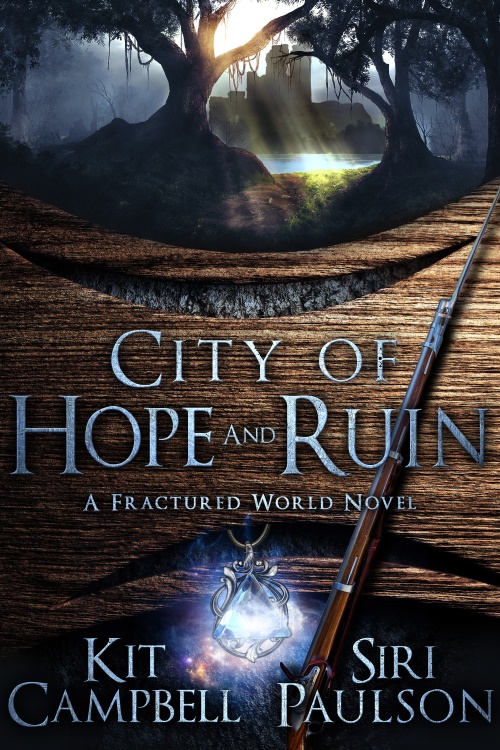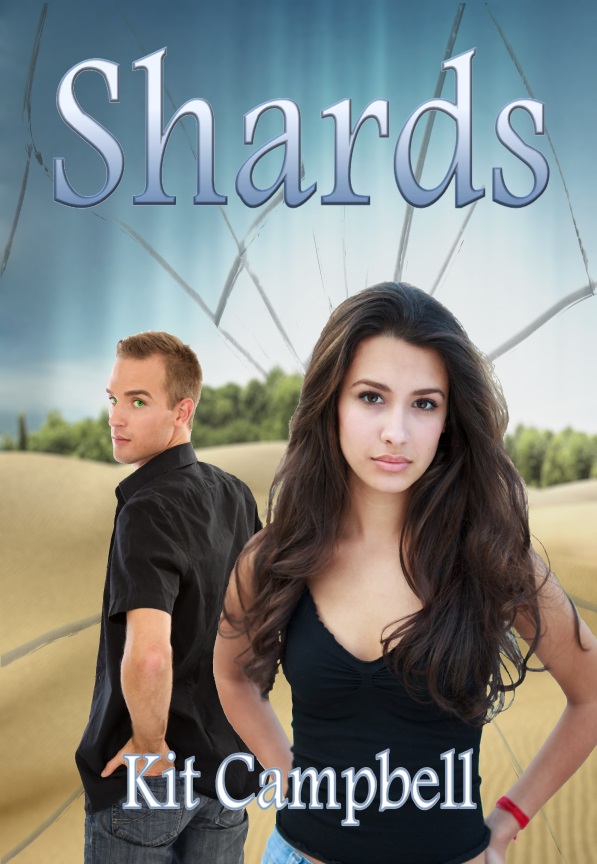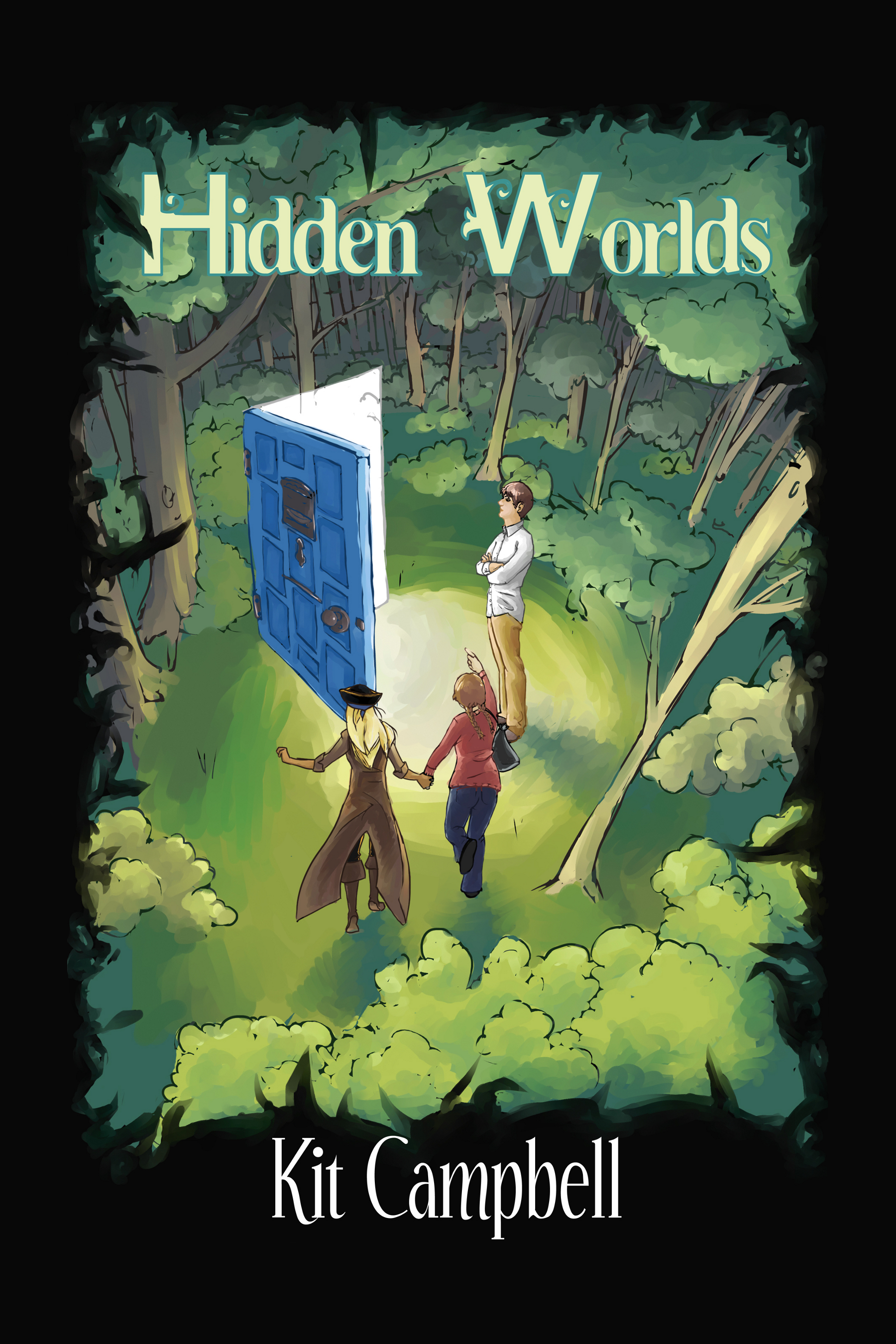Soooo…hi? Sorry to leave you guys hanging for so long, but, alas, holidays and so forth.
Now we’re getting into the really meaty outlines, meant for people who like to know exactly where their story is going and what is happening exactly when. These outlines tend to take a lot of work and be fairly lengthy, but they can be useful because all the kinks are worked out in the outlining phase, making the actual writing pretty straightforward.
Save the Cat!
Save the Cat! is a technique that was originally designed for screenplay writing, but several fiction writers use it as well. Essentially, Save the Cat! and techniques like it have a list of “beats,” or key plot points, much like tentpole and act outlining. The different is that there are more “beats” (Save the Cat! has 15), and that they are more concrete about what needs to happen at each plot point.
The 15 beats for Save the Cat are Opening Image, Set-up, Theme Stated, Catalyst, Debate, Break Into Two, B Story, The Promise of the Premise, Midpoint, Bad Guys Close In, All is Lost, Dark Night of the Soul, Break Into Three, Finale, and Final Image. More information can be found in the book of the same name, Save the Cat, by Blake Snyder. A companion book, Save the Cat! Writes a Novel by Jessica Brody, was recently released and covers the same ideas from a novel-writing standpoint. You can also find examples of movies broken down into the beats at the Save the Cat! website.
A similar method to this that might be more familiar to writers is the Hero’s Journey template by Joseph Campbell. There are twelve steps in the Hero’s Journey, each of which correspond to a particular plot point and where said plot point needs to go.

Chapter by chapter
Chapter by chapter outlining is more similar to phase outlining than the structure-based outlining techniques. In chapter by chapter outlining, you write down what’s going to happen in each chapter, rather than each scene. These explanations are normally a bit longer than with the scene-based phase outlining, though some people combine phase outlining with chapter by chapter, which looks something like:
Chapter One
- MC is caught stealing apples
- MC escapes from guards by using teleportation magic
- Teleportation is illegal and MC has been seen using it; they need to leave town
- Hurries home to pack but discovers someone has already been in their apartment
Alternately, you can combine a method more like freewriting with this method, where each chapter is outlined in a more prose-y manner:
Chapter One
MC has no food–they have been unable to find work and their older sister needs money for her medicine, else she’ll die–so, though they’ve never done it before, they decide to nick a few apples from a cart on the edge of the marketplace. It does not go well; the guards are summoned, MC is cornered in an alley and, afraid of what will happen to their sister without them, is forced to use their illegal teleportation magic to escape. But they were clearly seen; MC cannot stay here. They go home, trying to figure out how to tell their sister that they’ll need to leave–or even if they can, with the sister’s condition–but when they get home, their sister is gone and the apartment is overturned.
This method can be expanded on with the next one.
Structure Plus (Setting/Characters/Plot and/or Purpose/Goal)
I got this method from Writer’s Digest, and I take umbrage at the name because it’s not actually very structure based at all. This method basically combines with the phase or chapter by chapter methods. Instead of just listing events in a chronological order, you add more context to each scene/chapter. Normally this includes noting the setting, what characters are involved, some plot information (using a true outline form like we used to use in school or a list or a summary), and may also include what the purpose or goal of the scene is. This last bit is where the structure comes in, to some extent, as the purpose/goal information is often something along the lines of “complicate the relationship between these two characters” or “to foreshadow this major plot point.”
Example:
Setting: The marketplace, early morning, late autumn
Characters: MC, cart owner, city guards
Plot: MC steals apples, gets caught, is forced to use forbidden magic to escape, thinks they need to leave town, goes home to disaster
Purpose: Inciting incident; kicks the main plot into motion, introduces character and situation to readers
This method, being a combination of several other methods, can be a good way to see if a more complicated outlining method will work for you. It can help you keep track of your characters and settings (“wait, this can’t happen then because I had this happening after this over there”), and it can help you build your themes and arcs into the outline itself in a more concrete manner. It is also a good way to keep all your information in one place, especially if you combine it with a list of characters and worldbuilding.
Snowflake Method
The Snowflake Method is a complicated, in-depth outlining method that is often considered one of the most intense ways to outline a novel. The basic idea is to start out simple, such as a single sentence about your story, and, on each following step, add more detail to the outline. There are ten steps to the official Snowflake Method (which you can find by Googling).
Step 1: One-sentence summary
Step 2: Expand sentence to full paragraph
Step 3: Write one-page summary for each major character’s storyline, motivation, conflict, goal
Step 4: Expand each sentence in summary paragraph to its own paragraph
Step 5: One page description for all major characters and half-page for other important characters from character’s POV
Step 6: Expand one page synopsis (step 4) to four pages
Step 7: Expand character descriptions into character charts including all demographical information, character arcs, backstory, etc.
Step 8: Create scene list from four-page synopsis including POV character and (optional) scene length
Step 9: Expand each scene sentence into a paragraph and put in lines of dialogue you want to include and note core conflict
Step 10: Write story
The idea behind the Snowflake method is that, like a snowflake, which tessellates as you look closer at it, your story can be looked at closer and closer, finding more detail each time. Also, by starting at the big picture (a single sentence that encompasses the entire story) and moving into more detail, you avoid some issues you may run into by outlining linearly, such as pacing issues or missing steps in your subplots.
That being said, don’t be discouraged if this method isn’t working for it. It is quite difficult, especially if you’re new to writing or outlining, and it can be hard to sit down and pull out a ton of detail on a new story if you haven’t spent some time already thinking about it.
The methods shared here are just some of the variations you can try out when outlining your own stories. Try them on their own or in combinations, or find examples of how other authors do it on the Internet and give them a try. You’ll find something that works for you, and as you get more experience, you’ll learn what you need the most to be successful when you’re writing.
Any other thoughts on outlining types? Methods I forgot?
Next week we’ll do the usual year-end/year-beginning minutiae, and then we’ll jump back into outlining the week after.



